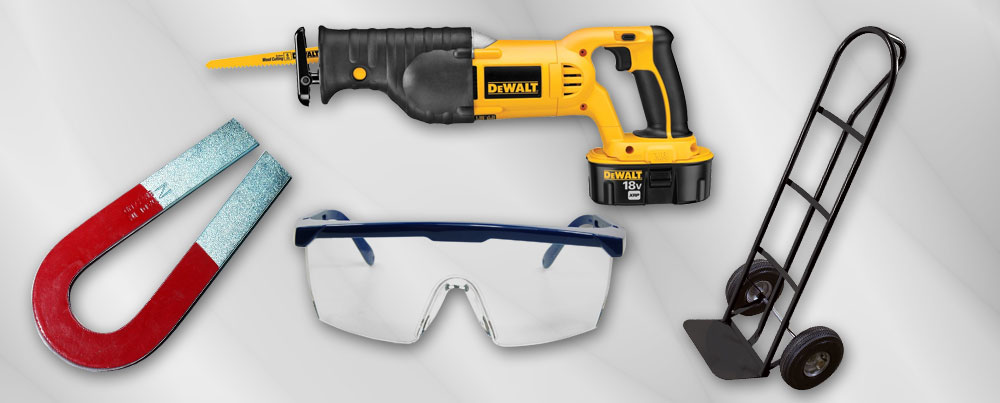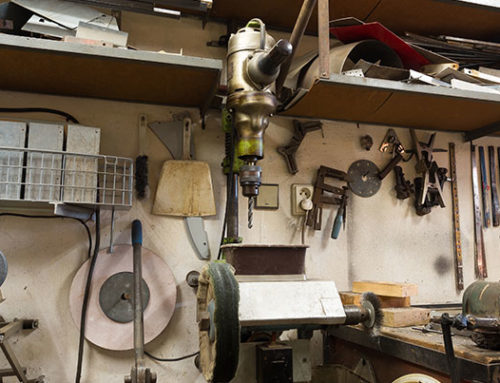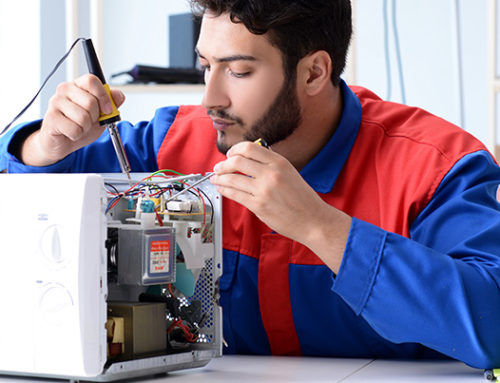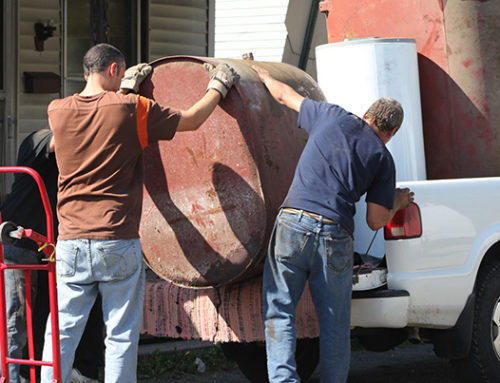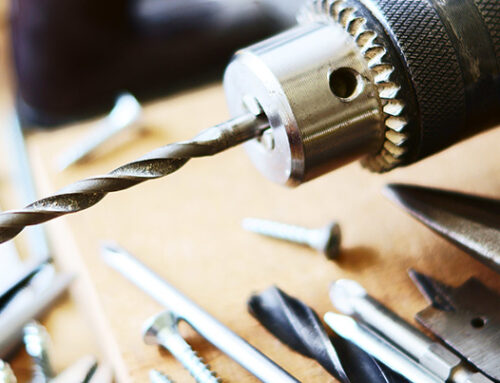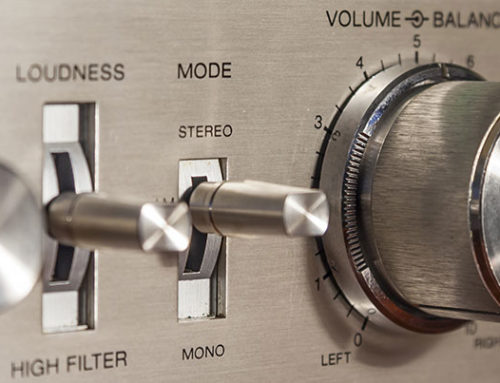Gathering, cleaning, sorting, and transporting scrap can be a ton of work. However, that work is completely necessary if you want to get the most money for your materials and have the best scrapping experience. Luckily, there are plenty of tools out there that will help everyone from the novice to the expert scrapper. Here are the top five tools every scrapper needs.
1. Magnet – for identifying metals
The magnet is the most basic scrapping tool, but also the most necessary. Magnets will stick to ferrous (iron-containing) metals, but not to non-ferrous metals. Using a magnet is the quickest way to identify ferrous and non-ferrous metals.
This can help you expedite your sorting process by allowing you to break metal into ferrous and non-ferrous categories as you gather it—meaning you’ll have less work to do later. Properly sorted scrap metal always fetches a higher price at the yard!
Extra credit:
Another useful tool for identifying metals is a file: it allows you to scrap away non-metal coating or a surface layer of metal plate, giving you a better chance at identifying the material below.
2. Cordless Sawzall – for cutting through anything
This is perhaps the most essential power tool for any scrapper. A Sawzall, or in generic terms a reciprocating saw, can cut through virtually any material with the right blade and a little work. This is essential for dismantling appliances and cutting large loads down to manageable sizes for loading and unloading.
Making sure to get a cordless model will ensure that your scrapping operation stays versatile and mobile. A cordless model is also much safer when working around sharp metal or any kind of physical obstacles—if there’s no cord, you won’t trip over it, or cut it open.
Whenever you go out to gather scrap or dismantle an appliance, be sure to keep your kit stocked with extra batteries and blades. Check batteries and blades before each use to be sure they’re safe and operational.
Other useful tools include a crowbar, knife, hammer, drill, ratchet set, and bolt cutters to help you break items down for recycling. But if we had to pick one tool, it would be the Sawzall.
3. Hand Truck – for moving metal easily
A hand truck or dolly will not only save you time when moving large loads; it will save your back! For added value, be sure to keep some buckets for small scraps and ratchet straps for large appliances on hand at all times.
4. Safety Equipment – to keep you scrapping for life
Staying safe is the most essential part of scrapping, and scrap metal can be dangerous to work with. Be sure to always wear appropriate clothing: long sleeves, long pants, and work gloves. This will protect your skin.
Always use safety goggles whenever handling scrap, and especially when cutting through any kind of metal or other material. Last but not least, be sure to get yourself a good pair of work boots: the steel toes will protect you from stubs, and the tough leather will not easily be punctured. Make sure they’re comfortable, too: scrappers spend a lot of time on their feet.

